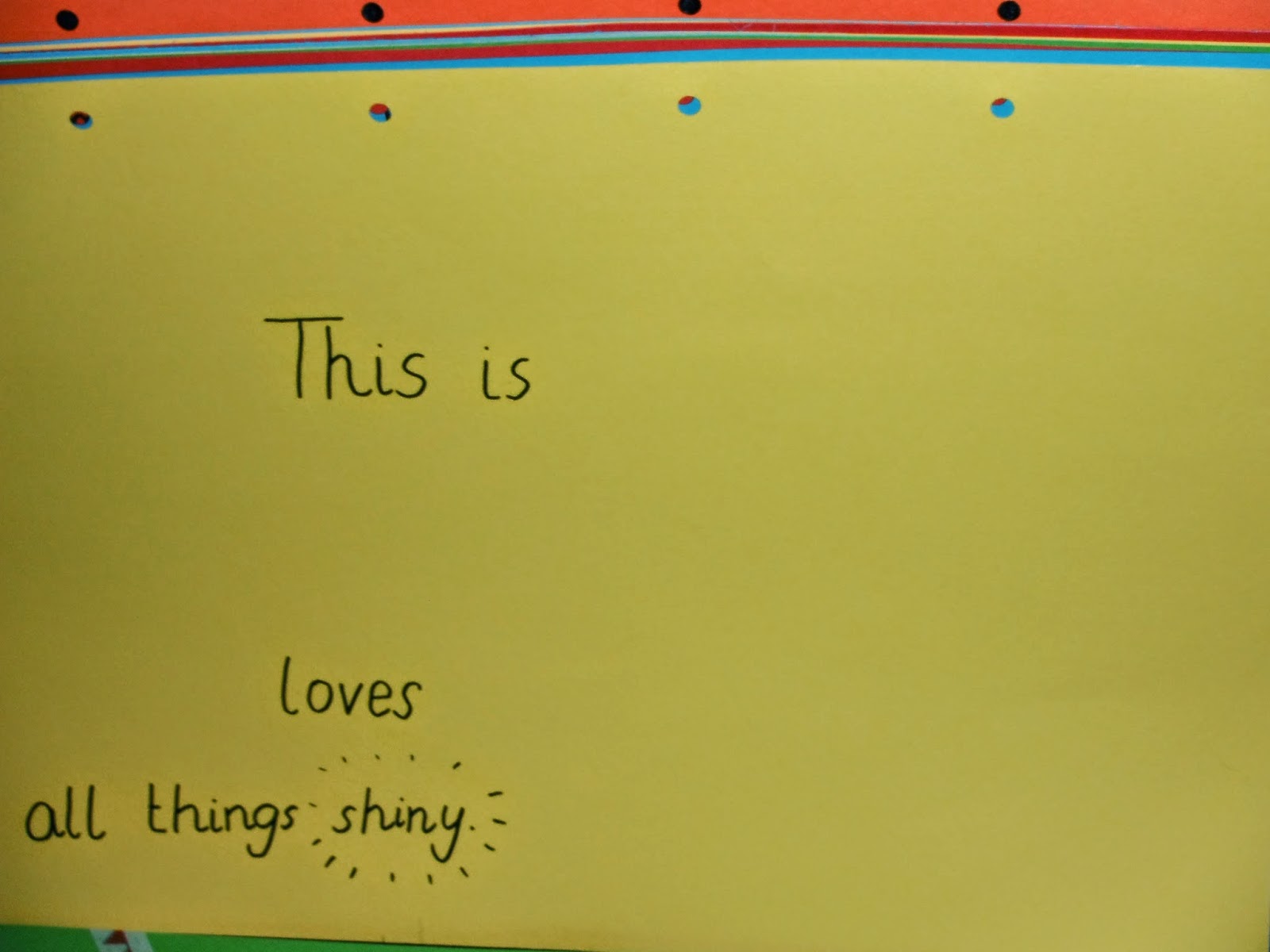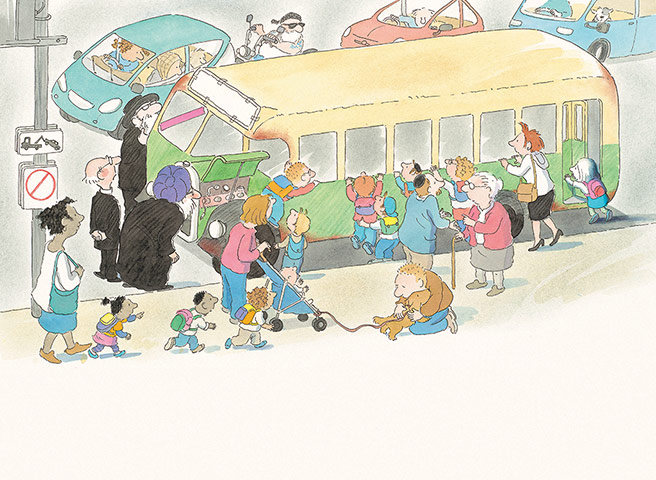 Last Saturday saw the one-day conference organised by Children's Books Ireland in the brand-new Lexicon library in Dun Laoighaire: A Day in the Life.
Last Saturday saw the one-day conference organised by Children's Books Ireland in the brand-new Lexicon library in Dun Laoighaire: A Day in the Life.As one has come to expect of such events, it was a inspiring day, with enough food for thought, communicative enthusiasm and friendly chats to shake off the January gloom and properly kick off the new year.
Laureate na n'Og Eoin Colfer started off the proceedings by making a passionate case for "a farmers' market of stories": books that have a deep and precise sense of place, that are rooted in a unique location and yet resonate with readers from near and far.
Next up was Alan Nolan, illustrator in residence in the Church of Ireland College of Education. Alan introduced some of the methods he uses with future teachers to get them to engage with children's books so that, when they get to the classroom, they will in turn get the kids to engage with said books. Putting texts into pictures, such as song lyrics into comics, was one of the intriguing project he had the students work on.
 After that, Colm Keegan (performance poet writer in residence in Lexicon) was in conversation with Sarah Crossan and had an enlightened and enlightening chat about poetry and the verse novel ("I like the verse novel" said Crossan " because I only have to write 50% of it and the reader can write the rest. I can leave space on the page"). For Crossan, "poetry belongs to us, it's not out there"; and Keegan adds: "poetry belongs to the body, not on the page".
After that, Colm Keegan (performance poet writer in residence in Lexicon) was in conversation with Sarah Crossan and had an enlightened and enlightening chat about poetry and the verse novel ("I like the verse novel" said Crossan " because I only have to write 50% of it and the reader can write the rest. I can leave space on the page"). For Crossan, "poetry belongs to us, it's not out there"; and Keegan adds: "poetry belongs to the body, not on the page".After a Book Clinic and a Monster Doodle over lunch time, the delegates were treated to extracts from books by 11 new Irish writers. Let me tell you people, 2015 is going to be dark, scary and will potentially contain bears.
The final session was a one-woman-show which had the audience totally enthralled: Julia Eccleshare, children's books ed for The Guardian. She (who "never go[es] anywhere without thinking about a story") wowed the delegates with her aplomb, her knowledge of kids books and her passion for them. Why are books important in this day and age? "Because you never get lost any more. Getting lost in a powerful experience. Where will you find that? In fiction."









